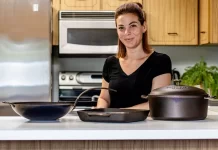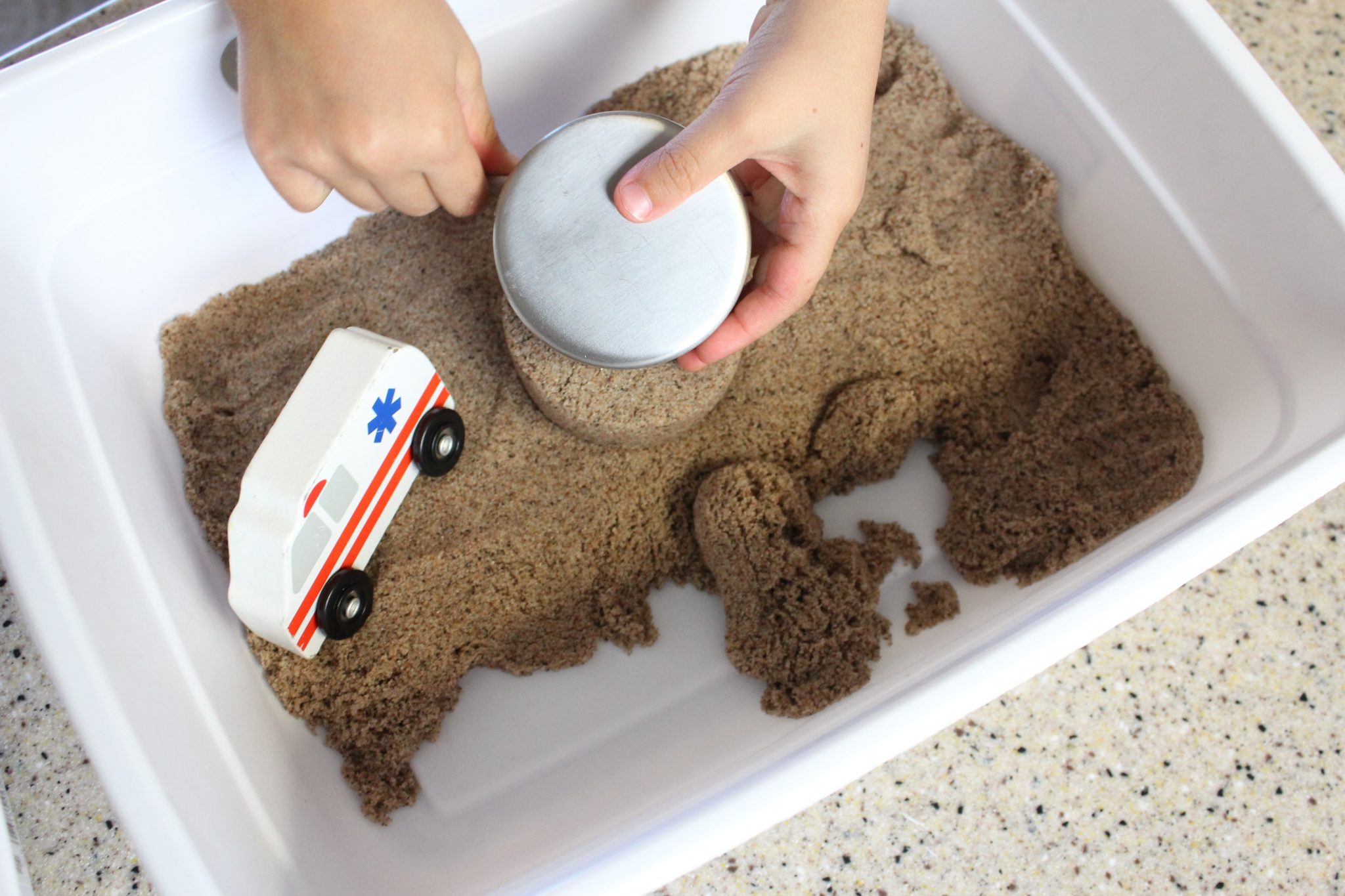Little ones get bored playing with their toys — if we’re counting, often within just minutes. But, they can splash endlessly in a water table. Likewise, puzzles are completed quickly and put aside, but a playdough session at the kitchen counter will occupy a child for hours. These preferred types of play are examples of sensory activities. Children naturally crave them! Sensory activities allow them to exercise all their senses, gain self-confidence, and strengthen their creativity.
There are so many benefits to encouraging your children (of all ages) to enjoy sensory activities. Some of the other benefits include improvement in:
-
- Hand-eye coordination
-
- Fine and gross motor skills
-
- Problem-solving ability
-
- Verbal and nonverbal communication skills
- Cooperation and sharing
An easy way to incorporate some of these multitasking playtime wonders into your own home is to set up sensory boxes. These are low-sided bins or boxes with the sensory materials inside. Your kids can play peacefully with them at the table by themselves or with you! Along with the chosen material, you can add tongs, measuring spoons, cars, or toy animals. This way, your child can build their own little world and then populate it with vehicles or characters. Here are four different types of sensory activities for your family to try!
1. Kinetic Sand
This unique substance feels like soft, moist, beach sand, and it can be formed and shaped in a similar way. It never dries out and sticks to itself which makes for easy cleanup! Kids love to scoop and build with it. They find cookie cutters and any sort of play dough tools useful when manipulating Kinetic Sand. We highly recommend adding it to your cart before your next Amazon checkout.
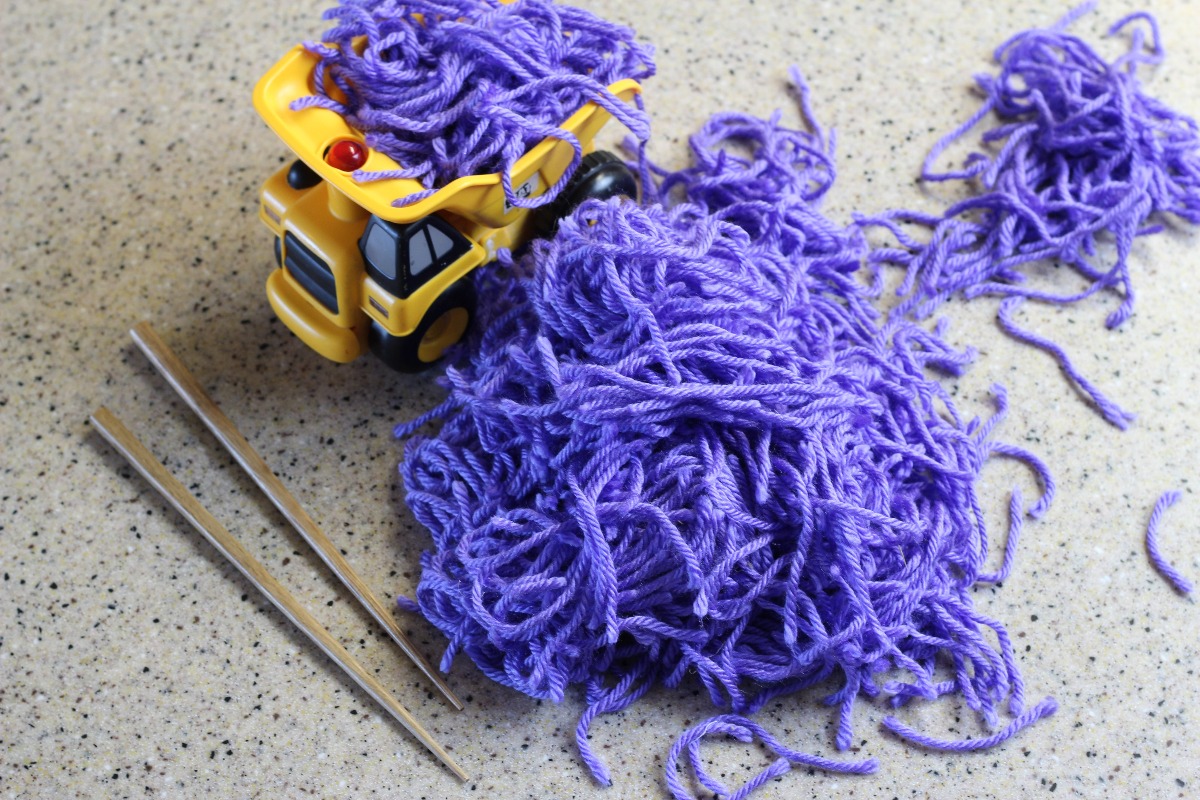
2. Yarn
This material is fun for all ages, but it’s especially perfect for young toddlers since it doesn’t present a choking concern. Little ones enjoy the soft, fluffy texture and can make comfy nests or beds for their animal toys. Differing yarn lengths and textures drive curiosity. You can have them investigate and compare the pieces. For older children, a game where they find letters hidden in the yarn makes a great reinforcement of skills!
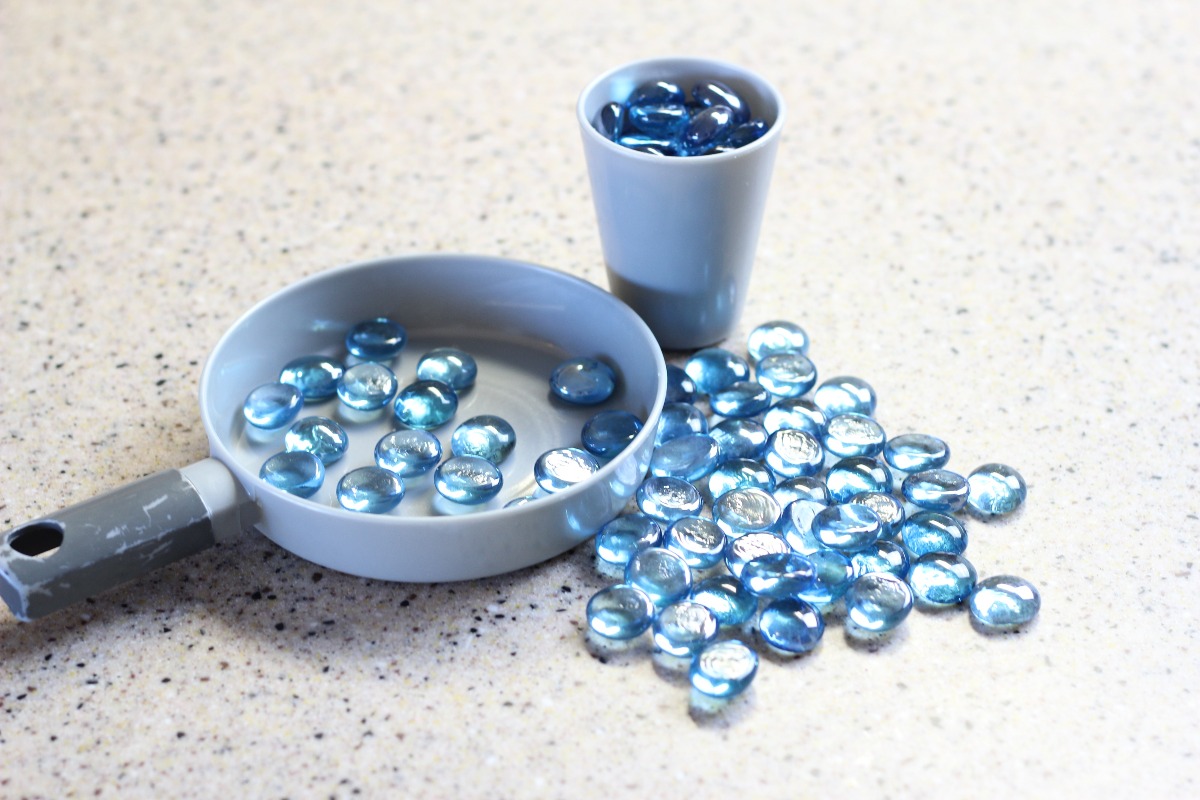
3. Aquarium Beads
These dollar store glass marbles are flat on one side, so they won’t roll away. They make perfect construction site materials for little dump trucks and bulldozers. For a budding musician, the “clink-clink” sounds that they make may inspire instrument invention. These little gems also make ideal counting shapes. Since they are glass (although very hardy), kids will get a boost of confidence knowing that they were given the responsibility to handle such precious and “delicate” items.
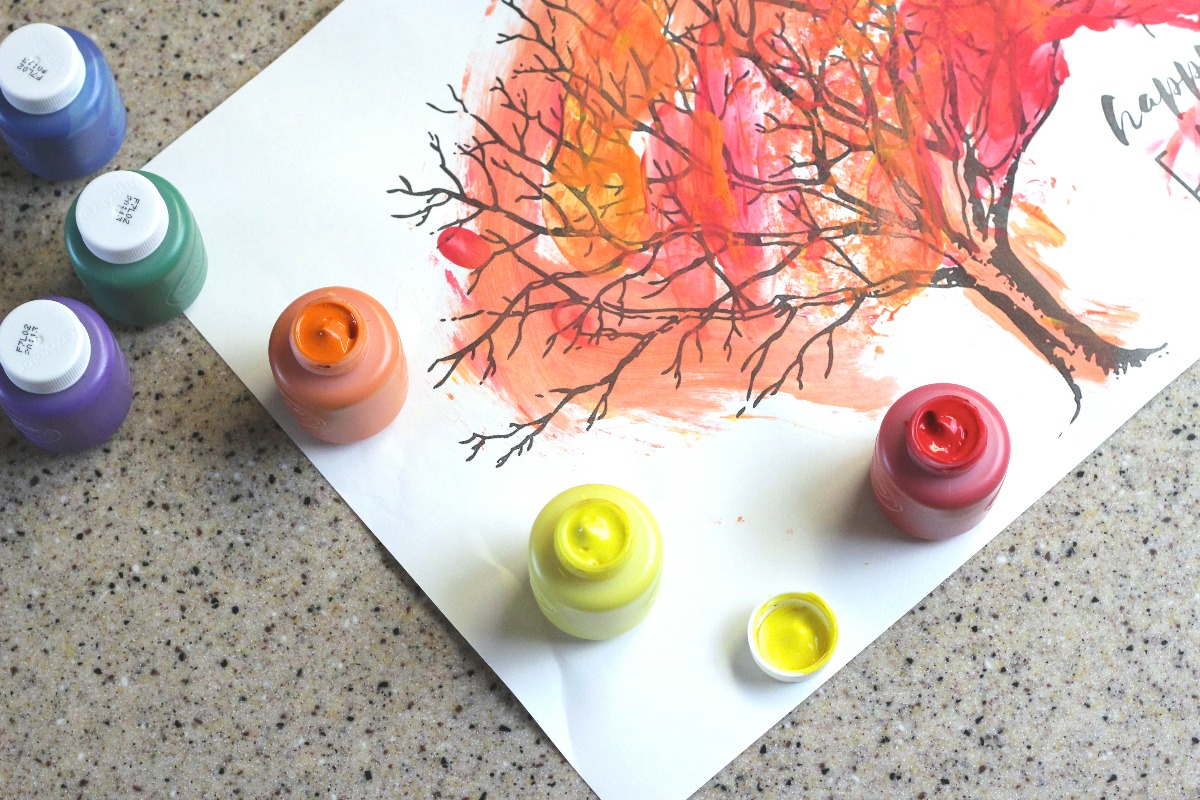
4. Finger Paint
This activity is a cherished hallmark of the preschool years for good reason! Young children love to express their creativity in this medium just as much as they enjoy gifting their artwork to parents (and grandparents) after. Though a little messy, they love it because without brushes to get in the way, ideas can go straight from the brain onto the page!
Another fun way to paint is with homemade stamps. Potato halves with simple designs carved into them and oak leaves both make perfect stamp material. For your young child who can’t be trusted with non-consumable paint, you can easily make a special kind just for them. Yogurt and a few drops of food coloring make beautiful, delicious art in a high chair tray!
As a note, these sensory activities, though rewarding, can also become a little messy! Something you can do to mitigate a disaster is to avoid playing with them over carpeted areas. You can also sweep the floor just prior to playing. This way, if some of the materials fall to the ground, it will be clean enough to pick up and add back to the rest. And, if you’ve just cleaned and you want to enjoy those spotless floors for at least 24 hours, there’s no shame in moving that sensory bin to the backyard. Each of the sensory activities discussed here can be kept in Ziploc bags when not in use!
The next time that the whining begins, take down one of your prepped sensory play Ziplocs. Pre-dinner tantrums will be a thing of the past!
Loving sensory play and ready to ditch the toys overtaking your house? See if you have what it takes to become a toy minimalist.

Photo Credits: Shayna Mabee




















